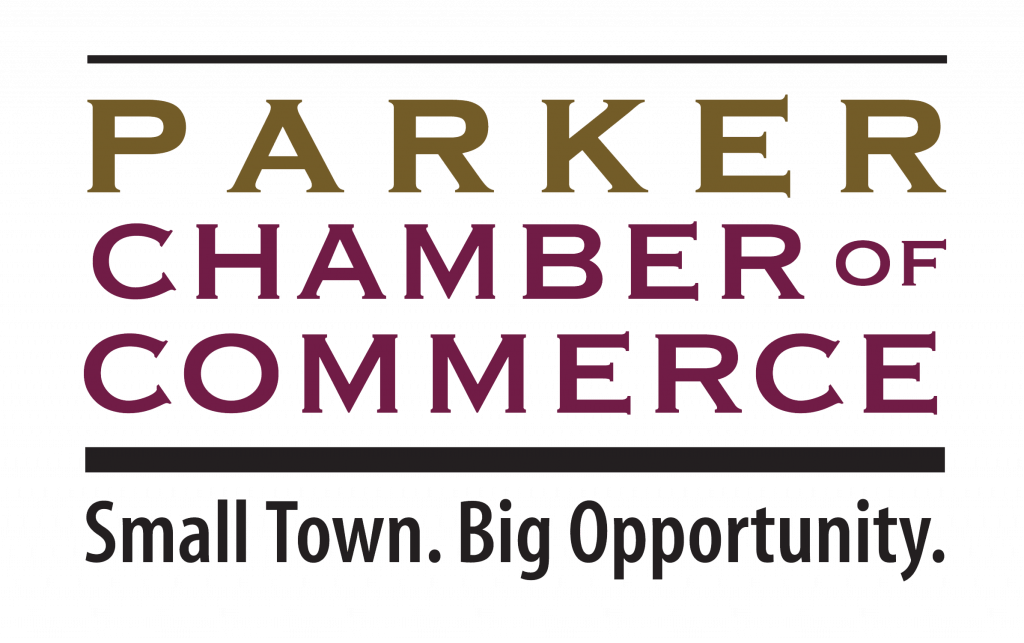How to Attract Customers When Everyone's Competing for Eyeballs
In a marketplace crammed wall-to-wall with flashing banners, pixel-perfect branding, and attention-grabbing gimmicks, getting noticed is only half the battle. The other half? Making people care enough to stop scrolling, click, and stay. Whether you're running a small e-commerce shop or managing a multi-channel marketing campaign for a Fortune 500 brand, you're elbowing your way into a crowded room where everyone’s shouting. So how do you stand out when the visual noise feels deafening? You stop chasing volume and start focusing on resonance.
Rooting Your Message in Emotional Relevance
There’s a certain desperation in trying to out-design the competition. A sleeker ad, a sharper color palette, a glossier video—they might catch a glance, but they rarely linger in the memory. What does stick is emotion. You need to find the human pulse beneath the pixels. This means speaking to people’s aspirations, their small insecurities, their everyday needs. A single well-placed message that makes someone feel understood can outperform a dozen flashy carousels. If your content makes someone say, “That’s me,” you’ve already won half the war.
Design That’s Quiet but Commanding
Flashy doesn’t always mean effective. Sometimes the most captivating thing on a screen full of movement is stillness. Minimalist design done right is more than just white space and Helvetica—it’s confidence. It tells the viewer you don’t need to shout to be heard. Use restraint to your advantage. A well-composed visual, subtle animations, or a monochrome palette can draw the eye precisely because they create a moment of pause in an otherwise frantic feed. Quiet design, ironically, demands attention.
Breathing Life Into Brand Stories Through Dimensional Design
You can take something as humble as a flat icon or hand-drawn sketch and, with a little intention, turn it into a visual moment that actually feels alive. When you elevate customer journey maps or product visuals into immersive 3D renderings, you’re not just adding polish—you’re giving your audience a new way to feel the texture of your brand. These dynamic visuals do more than catch the eye; they humanize your message, making people stop and sense there’s a story behind the surface. With intuitive tools that turn static art into motion-rich scenes, 2D to 3D digital resources become your shortcut to making content that’s not just seen, but felt.
Leaning Into Lo-Fi Authenticity
You’ve probably seen it: that scrappy-looking ad with terrible lighting and clumsy editing that somehow racks up thousands of shares. That’s not a glitch in the system—it’s the algorithm rewarding authenticity. In an era where brands spend millions to appear human, sometimes the best strategy is to just be human. Behind-the-scenes glimpses, user-generated content, and off-the-cuff posts can feel more trustworthy than the most polished production. It’s the digital equivalent of word-of-mouth, and it works because it doesn’t feel like it’s trying too hard.
Visual Storytelling Over Visual Spam
Instead of throwing every visual trend into your branding toolkit, think in terms of narrative. Where does your customer fit into your story? Each piece of visual content should move them forward—answer a question, stir a feeling, open a door. Don’t post for the sake of presence. Post with purpose. A single Instagram carousel that tells a meaningful story about how your product fits into someone’s day is more valuable than a dozen random shots of flatlays and stock models. Tell stories, not slogans.
Micro-Moments, Major Impact
Not every visual interaction needs to be a full-blown campaign. Sometimes the smallest cues—a hover animation, a personalized email header, a clever loading screen—can leave the biggest impression. These micro-moments are where customer delight lives. They show intention. When you obsess over the little details, customers sense it. It’s the visual equivalent of eye contact in a conversation. And in a marketplace full of faceless brands, that intimacy can make all the difference.
Consistency That Doesn’t Kill Curiosity
Yes, brand consistency matters. But don’t confuse that with monotony. You need to keep your visual identity recognizable while still evolving enough to hold interest. Think of it like a favorite band—you want them to have a signature sound, sure, but not release the same album over and over again. Introduce seasonal changes, new textures, experimental formats, but always within the boundaries of your core aesthetic. That’s how you keep things fresh without losing the thread of who you are.
In a visual landscape where everyone’s trying to be the loudest or the most perfect, the brands that stand out are the ones that understand nuance. You don’t need to outspend or outshine—you need to connect. You need to know your people, speak their language, and show up in ways that feel thoughtful rather than forced. The marketplace will only get more competitive, more saturated, and more chaotic. But if you’re willing to trade spectacle for substance, you’ll earn not just attention—but loyalty. And in the long run, that’s the kind of visibility that actually means something.
Discover the vibrant community of Parker with the Parker Chamber of Commerce and unlock big opportunities in our charming small town!
